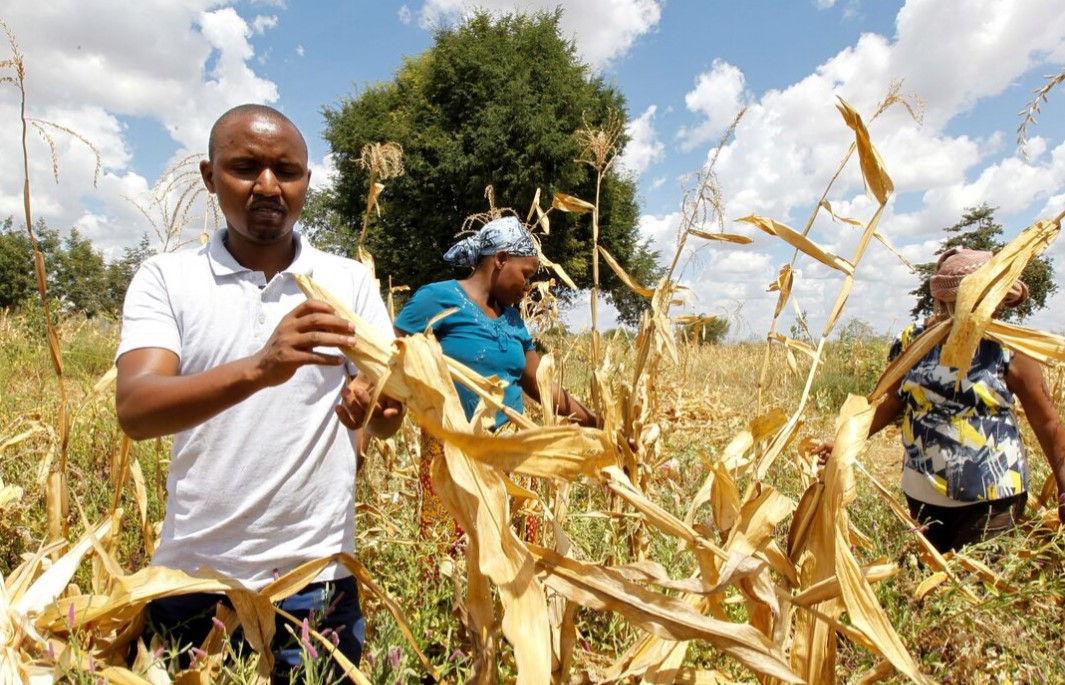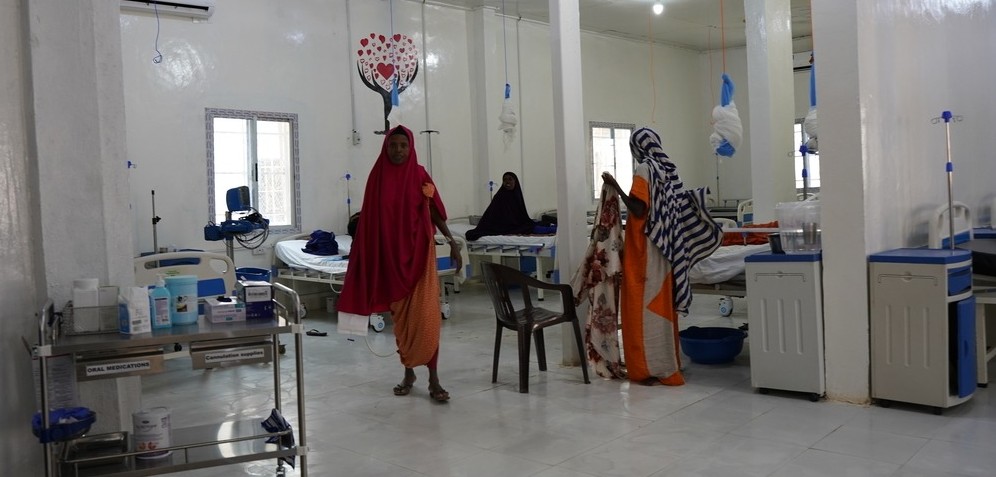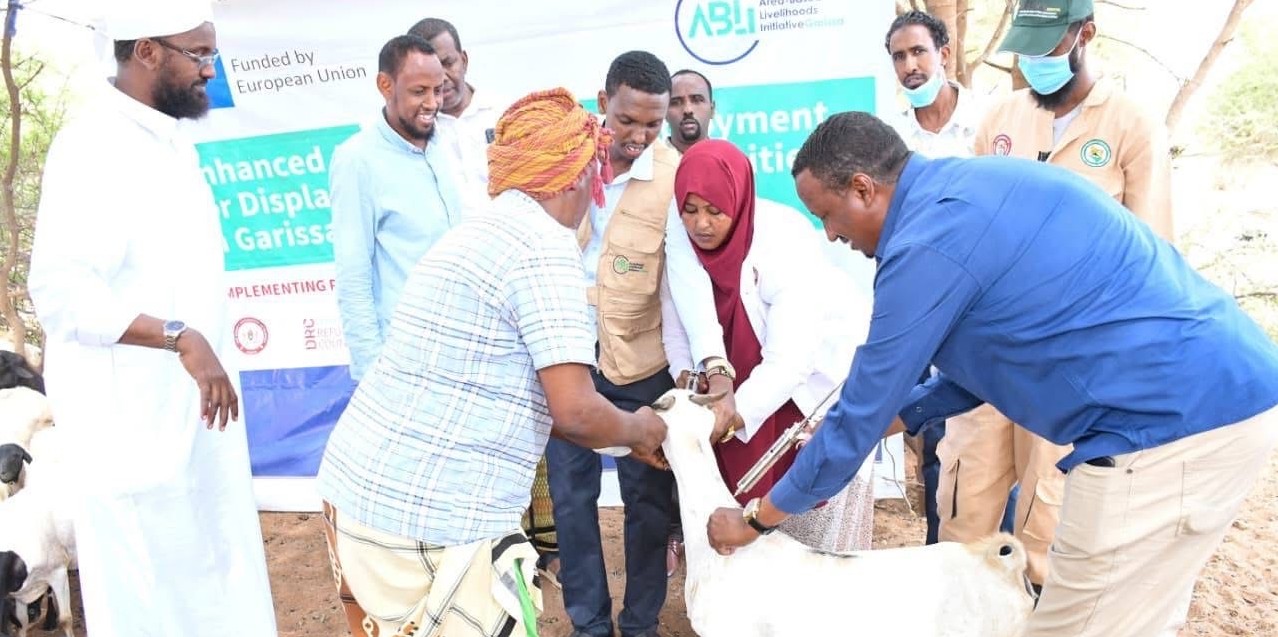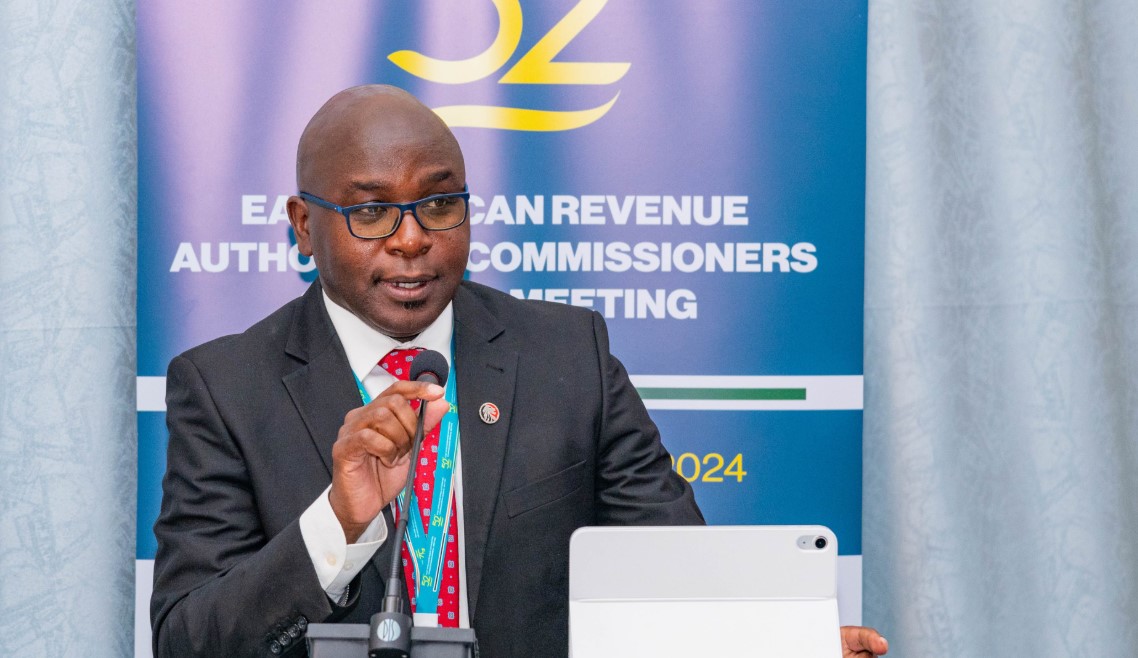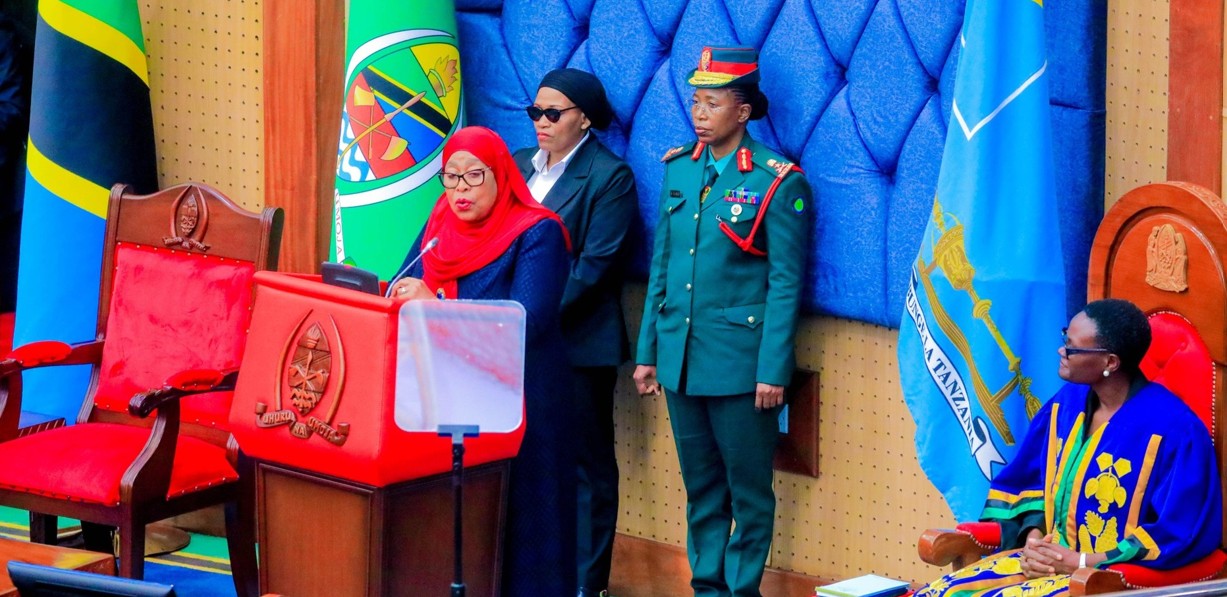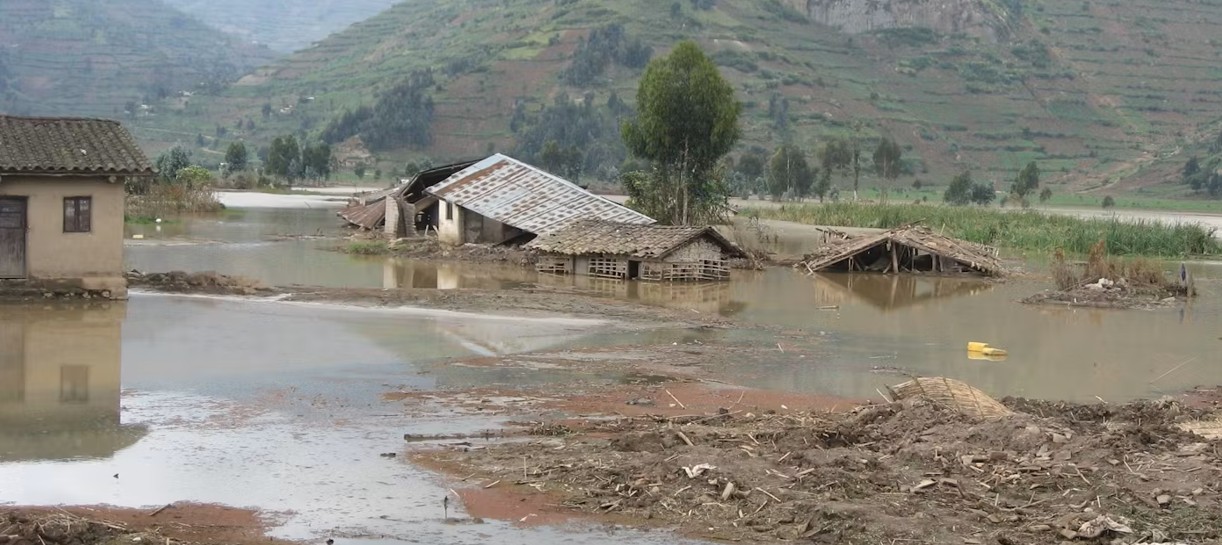Thousands of Kenyan children risk death as pneumonia diagnosis and treatment fail
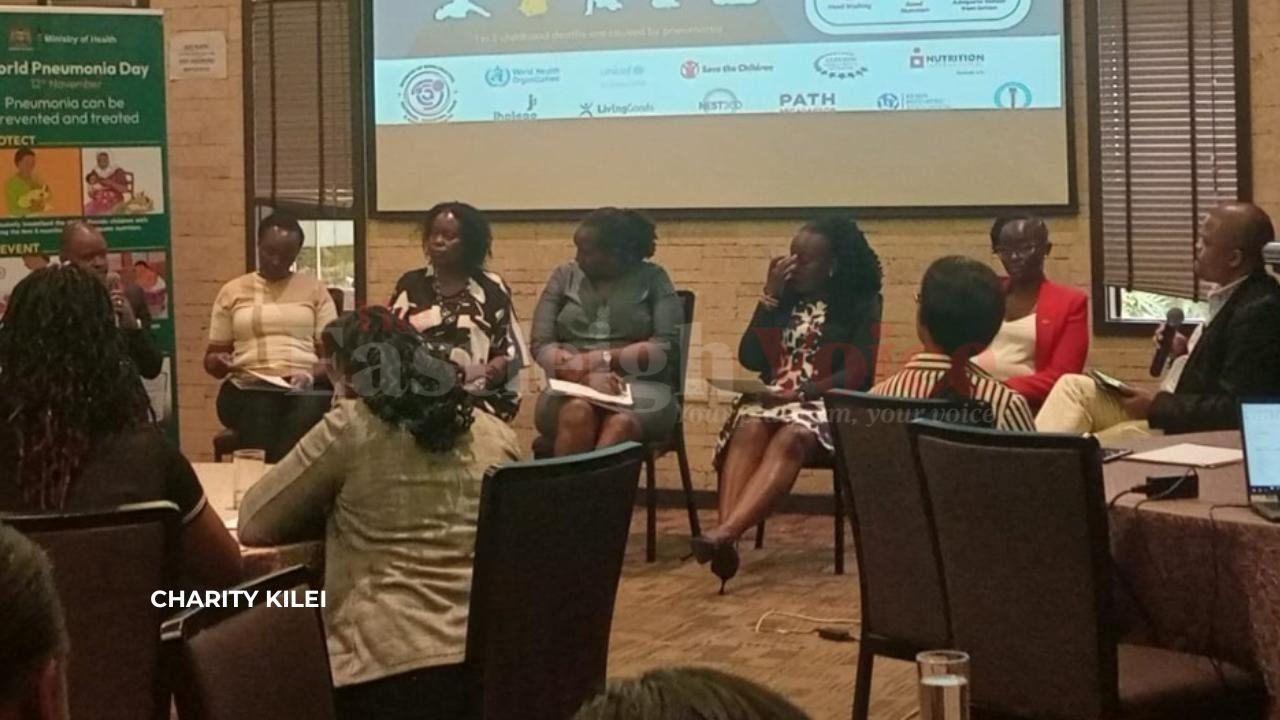
Only 39 percent of Kenyan health workers can properly diagnose and treat severe pneumonia, leaving thousands of children at risk.
Sixty per cent of health care workers in Kenya cannot detect or treat severe pneumonia — one of the leading causes of death among children under five.
Only 39 per cent can accurately diagnose and provide the correct treatment, putting thousands of young lives at risk, according to the Quality-of-Care Health Facility Assessment 2024.
More To Read
- Why your child is suddenly clingy and what it really means
- Why your baby can get a UTI and how to prevent it
- Why your children's diet could be affecting their sleep
- Relief for mothers in Kwale County as upgraded maternal health facility launched
- Restored smiles: The pleasant transformation that comes with cleft lip surgery
- World Pediatric Surgery Day: Shining light on surgical safety
The report also reveals that while 79 per cent of health workers can correctly diagnose non-severe pneumonia, only 46 per cent provide the appropriate treatment. For severe pneumonia, the accuracy for both diagnosis and treatment drops to 39 per cent, exposing a critical gap in Kenya’s pediatric care system.
What is pneumonia?
Pneumonia is an infection that inflames the air sacs (alveoli) in one or both lungs. These sacs may fill with fluid or pus, causing cough with phlegm, fever, chills, and difficulty breathing.
Acute pneumonia can progress rapidly and become fatal within days, especially in children under five. According to the World Health Organisation (WHO), diagnosing acute pneumonia is challenging because its symptoms often resemble other common childhood illnesses, such as malaria or severe coughs. This overlap frequently leads to misdiagnosis, particularly in low-resource health facilities.
The illness often begins with a high fever and persistent cough, followed by fast or laboured breathing — a key warning sign in children.
As it worsens, the lower chest may visibly move inward during breathing (chest indrawing), and some children develop bluish lips or fingertips due to low oxygen levels.
Others may refuse to eat or breastfeed, appear unusually tired, or struggle to breathe, showing distress through wheezing, grunting, or flaring nostrils.
A global threat to children
Pneumonia remains the single largest infectious cause of death among children worldwide, accounting for about 15 per cent of all deaths in children under five.
Globally, a child dies from a preventable cause every 43 seconds — over 2,000 children every day, or nearly 736,000 every year. Pneumonia alone kills around one million young children annually, a staggering toll for a disease that is both preventable and treatable.
In Sub-Saharan Africa, including Kenya, pneumonia is the leading cause of death among children under five, claiming about 490,000 lives each year — roughly 16 per cent of all child deaths in the region.
Experts estimate that with stronger prevention and treatment efforts, nearly nine million child deaths could be prevented in the next decade.
Despite progress, Kenya continues to lag behind global Sustainable Development Goal (SDG) targets on child survival.
By 2030, countries aim to reduce under-five mortality to below 25 deaths per 1,000 live births, and neonatal mortality to below 12 per 1,000. Kenya, however, still records 21 neonatal deaths per 1,000 live births, with pneumonia remaining a leading cause.
Gaps in diagnosis and care
Health experts warn that pneumonia, though preventable, continues to claim thousands of young lives due to poor diagnosis, delayed treatment, and limited access to medicines and oxygen.
Speaking ahead of World Pneumonia Day in Nairobi, Winnie Muhoro, head of the Newborn and Child Health section at the Ministry of Health, expressed concern about the skill gap among health workers.
“We want our health care workers to be able to correctly diagnose and manage pneumonia cases. However, only 39 per cent currently meet this standard,” she said.
According to the Kenya Health Information System (KHIS), over 759,380 outpatient cases of pneumonia were treated across the country last year. Experts, however, believe the actual burden is higher due to underreporting at health facilities.
Dr Stephen Muleche, head of Public Health at the Ministry of Health, said pneumonia remains under-prioritised in research and resource allocation.
“To reduce mortality, we must enhance the quality of care and expand access to timely diagnosis and treatment at all levels of health care,” he emphasised.
Medicines, oxygen, and other essential supplies remain scarce in many facilities, particularly at the primary level.
Dr Emelda Mungaro noted that children under two years face the greatest risk due to weaker immunity.
“Pneumonia affects the lungs, causing fast breathing, chest retraction, fever, and sometimes bluish discolouration. In severe cases, the child stops breastfeeding and requires urgent medical care,” she explained.
Milder cases are managed using dispersible amoxicillin, while severe pneumonia requires hospitalisation, oxygen support, and intravenous fluids, said Dr Justus Simba of the Kenya Paediatric Association.
Prevention is key
According to UNICEF’s Judith Raburu, pneumonia can be prevented through vaccination, good nutrition, and hygiene practices.
“The vaccines are free in all public health facilities. They protect children from the severe forms of pneumonia,” she said.
Other preventive measures include exclusive breastfeeding for the first six months, improving household ventilation, reducing indoor air pollution from firewood and charcoal, and promoting handwashing with soap.
Dr Makeba Shiroya from WHO added that exclusive breastfeeding provides natural antibodies that protect babies from infections. After six months, children need diverse, nutrient-rich foods to strengthen their immune systems.
Government efforts
The government is expanding training for health workers to improve pneumonia management under the Universal Health Coverage (UHC) programme. Community health promoters (CHPs) are also being trained to identify symptoms, educate caregivers, and link severe cases to health facilities.
Dr Juliet Omwoha from the Ministry of Health reported that Kenya’s under-five mortality rate stands at 52 per 1,000 live births, urging multi-sector action to combat top killers like pneumonia.
“No child should be turned away from a health facility. Through the Social Health Authority (SHA), indigent children are now covered for care,” she said.
She also warned that anti-vaccine misinformation threatens progress, calling for stronger public education.
“Every action we take — from handwashing to full immunisation — helps prevent needless child deaths,” she said.
Data shows a slight decline in pneumonia cases nationally — from 759,380 in 2023 to 567,939 in 2024 — a sign of progress. Yet significant variations persist across counties, revealing deep inequalities in prevention, diagnosis, and access to treatment.
Understanding the risk
Pneumonia remains one of the top killers of children under five globally, claiming hundreds of thousands of young lives each year despite being preventable and treatable.
Among children, the most common cause is bacterial pneumonia, often from Streptococcus pneumoniae. Viral pneumonia, caused by infections like respiratory syncytial virus (RSV) and influenza, also contributes significantly. In some cases, aspiration pneumonia occurs when food or fluids are inhaled into the lungs.
Children who are malnourished, not exclusively breastfed, or exposed to air pollution face the highest risk. Lack of vaccines, poor living conditions, and delayed care-seeking make the danger even greater.
The signs of pneumonia can be subtle but worsen quickly — fast breathing, persistent cough, chest indrawing, fever, loss of appetite, and in severe cases, bluish lips or fingertips. These warning signs demand immediate medical attention.
Treatment depends on the cause and severity: antibiotics for bacterial infections, supportive care for viral cases, and oxygen therapy for severe episodes.
With timely diagnosis, quality care, and preventive measures such as exclusive breastfeeding, vaccination, and clean air, pneumonia is curable, and millions of lives can be saved.
Top Stories Today

